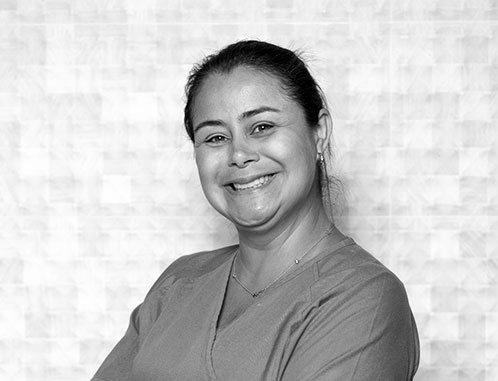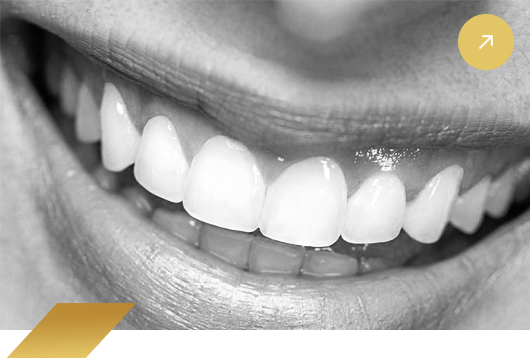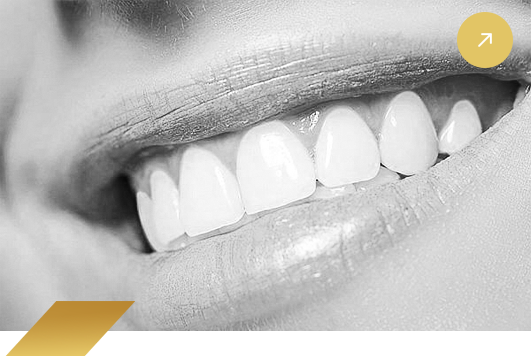Dental Implants
Dental Implants
Dental implants refers to replacement of missing teeth or roots with a titanium post that is placed into the jawbone. These small titanium posts integrate with the bone, acting as a substitute for a tooth’s natural root and providing a foundation for replacement teeth that look, feel and function like natural teeth. In addition, implants can help preserve facial structure, preventing the bone deterioration that occurs when teeth are missing. The person who has lost teeth regains the ability to eat virtually anything and can smile with confidence, knowing that their smile and their face look natural.
Dental Implants Evaluation
Once you decide on implant dentistry, we ask that you first undergo a full dental examination and health history review with one of your qualified dentists. During these initial consultations, Dr. Morr will assess your specific needs, take the necessary radiographic information necessary such as a Cone Beam CT (CBCT) to evaluate the remaining bone. This is the time when we address any questions and concerns you may have, and our team will work with you very closely to make sure you are completely comfortable and to ensure your procedure a success.
Dental Implants Procedure
The placement of dental implants can involve up to two surgical procedures, depending on the conditions in the edentulous area. If the surrounding bone and tissue has begun to disintegrate due to loss of the tooth and root, a bone and /or Connective tissue graft may be necessary to build the site for the future implant. This will need time to heal for approximately 3-6 months, depending on the type of bone that was used to replace the missing bone. Once the implants are placed, they may be covered and given time for the bone and tissue to heal and integrate with the implants. A second procedure will expose the implants in order to continue. In some situations, the implants can be loaded immediately.
In some situations, if there are remaining teeth, your prosthodontist can slowly convert you to a fixed implant case by maintaining specific teeth to hold a fixed provisional, allowing a smooth transition or in some situations, place all the teeth the same day the implants are placed.
Full Mouth Dental Implants
Full mouth dental implants are an option for patients that have lost or are in the process of losing all their teeth due to decay or periodontal disease. Implants replace tooth roots in the jawbone and then support either fixed bridgework or one of several different types of dentures.
The entire procedure usually takes six to eight months. If you are fully edentulous and wear a denture, you should be able to wear temporary dentures and eat a soft diet during the healing phase. It’s best to discuss your options with your prosthodotist, because it is not good to have too much pressure on the implants during initial integration, especially with bone grafting. Most patients do not experience any disruption in their daily life.
View Our Full Mouth Rehabilitation Gallery
Dr. Tal Morr’s extensive training and experience makes him ideally qualified in all phases of full mouth reconstruction, aesthetics, and dental implant rehabilitations.
Gallery
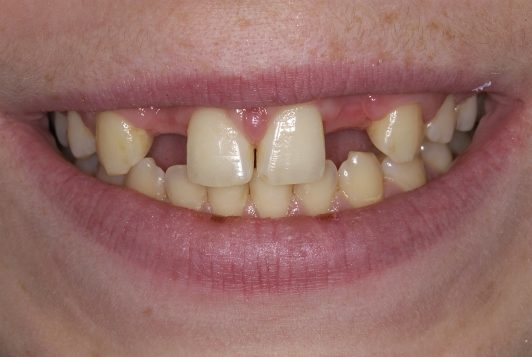
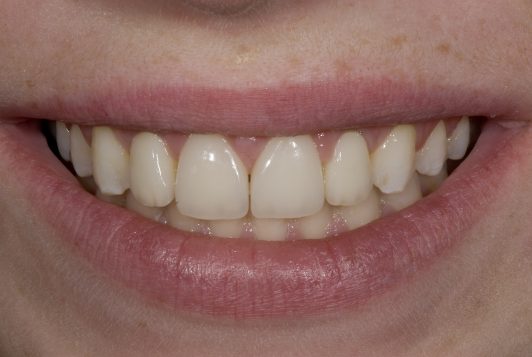
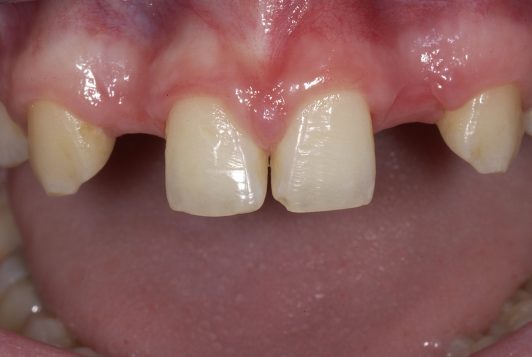
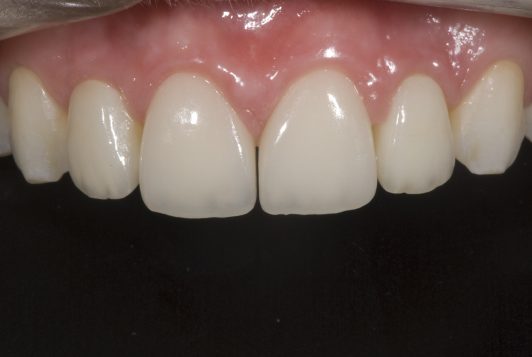
2 lateral incisor implant crowns to replace congenitally missing lateral incisors and 2 veneers on centrals
Click edit button to change this text. Lorem ipsum dolor sit amet, consectetur adipiscing elit. Ut elit tellus, luctus nec ullamcorper mattis, pulvinar dapibus leo.
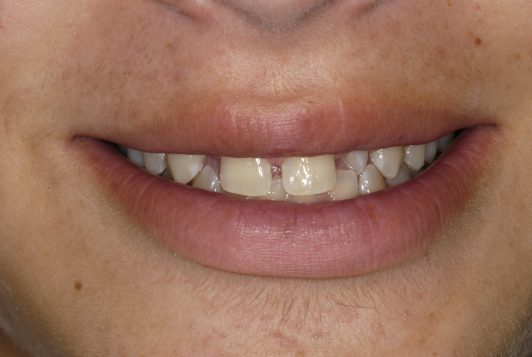
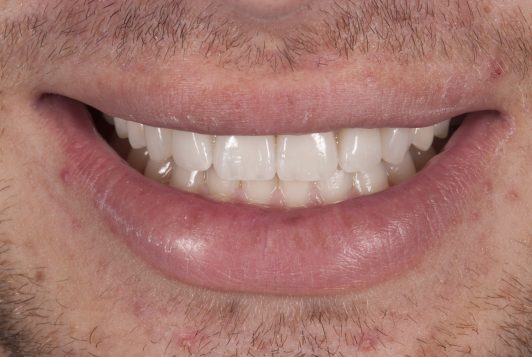
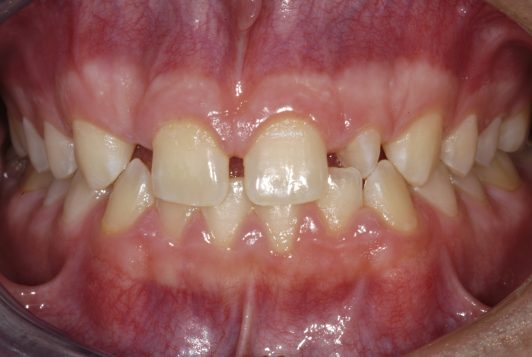
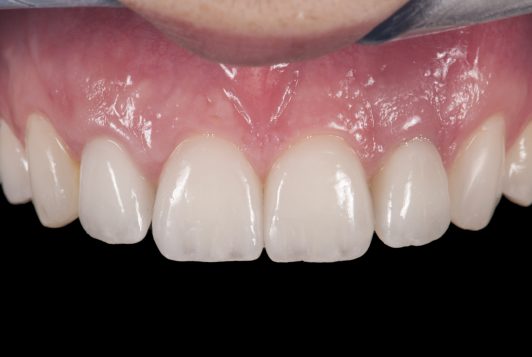
Replacement of congenitally missing Upper right lateral incisor with implant crown and 3 veneers on remaining incisors after orthodontics
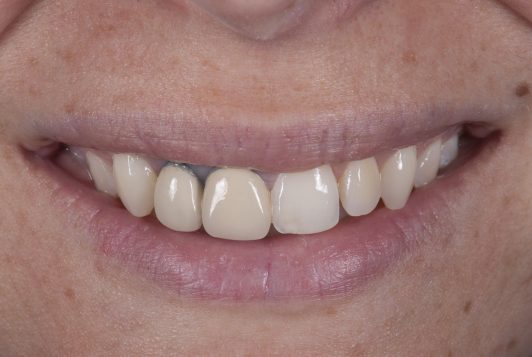
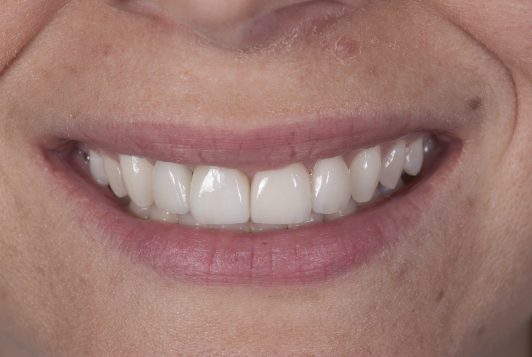
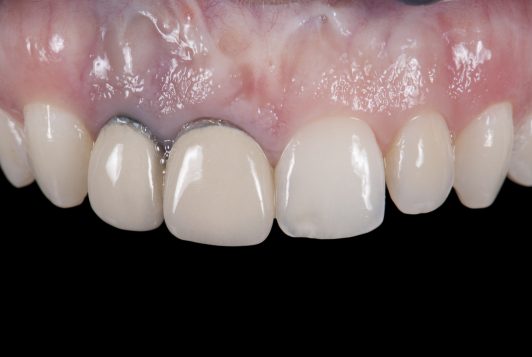
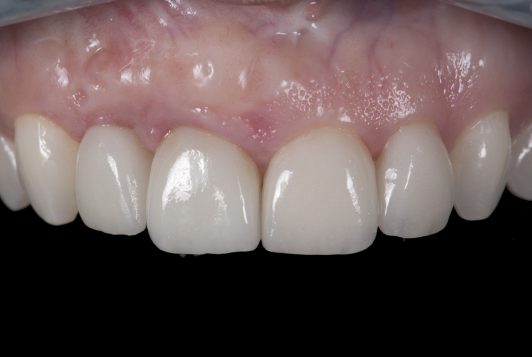
Replacement of upper right central and lateral incisors with implant crowns due to failing endodontics and veneers on contralateral incisors
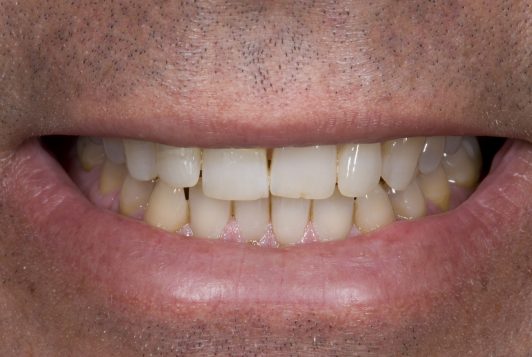
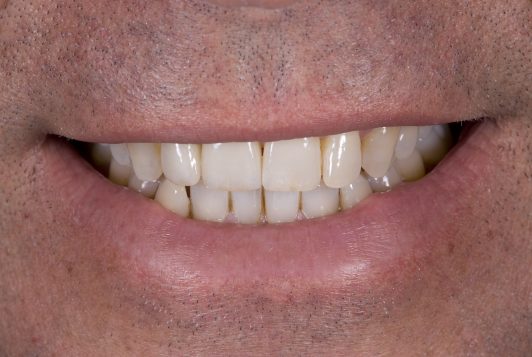
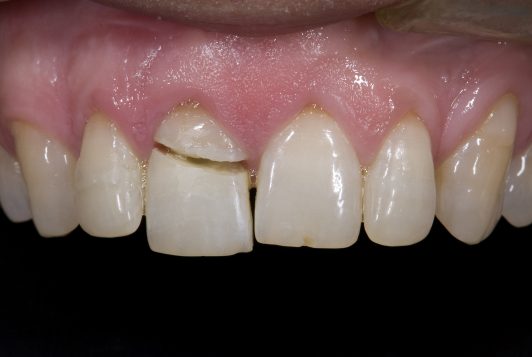
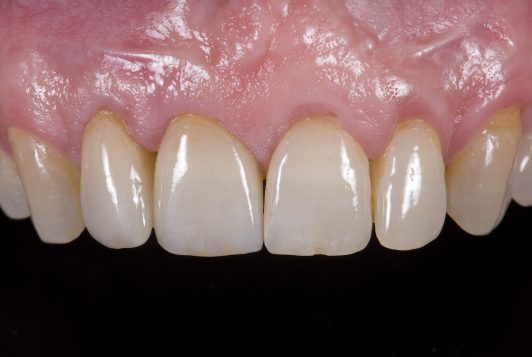
Replacement of upper right central incisors with implant crown and lateral incisor with a tooth borne crown after a boating accident
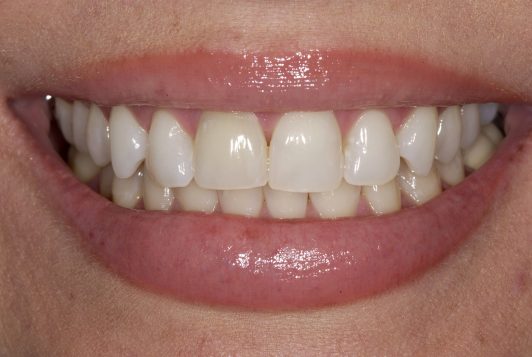
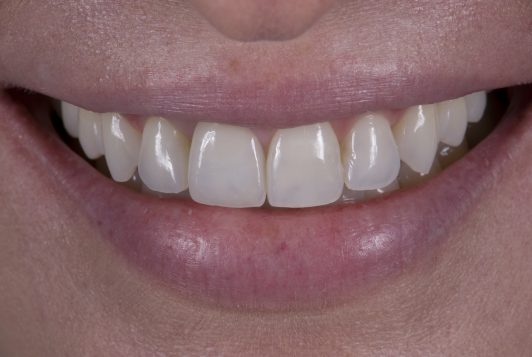
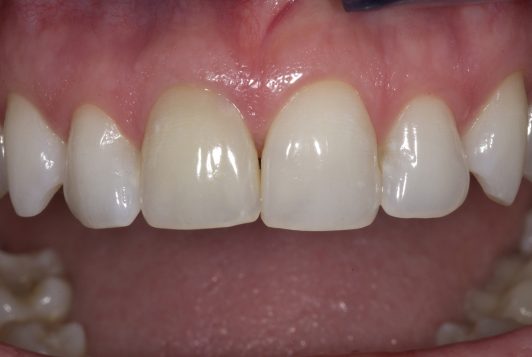
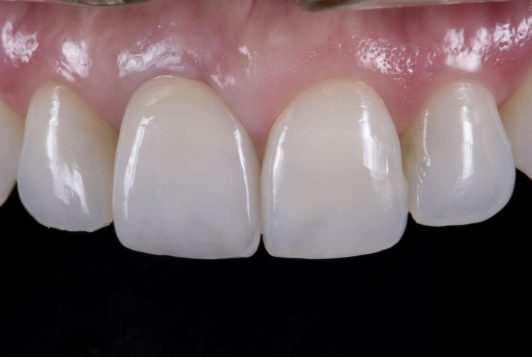
Replacement of failing endodontics on upper right central incisors with implant crown after orthodontic treatment
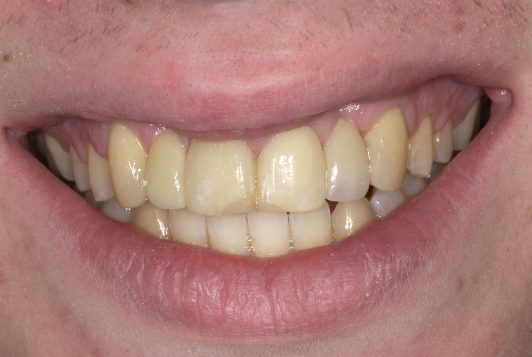
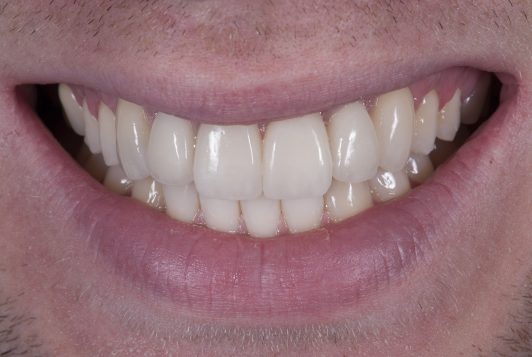
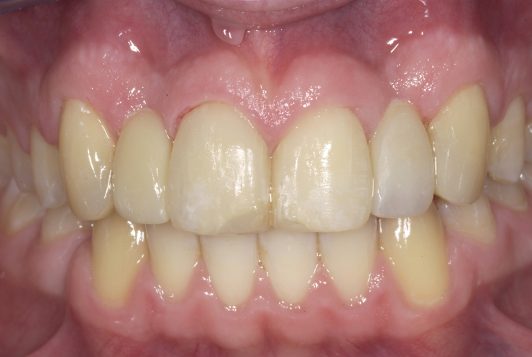
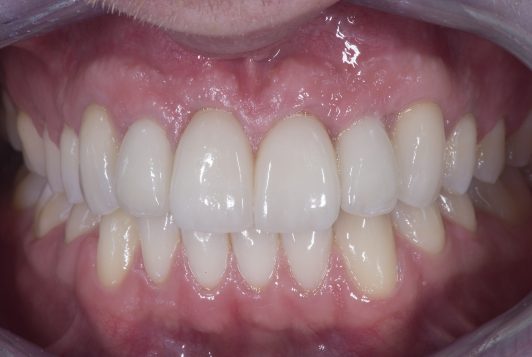
Replacement of congenitally missing lateral incisors with implant crowns and veneers on laterals and canines
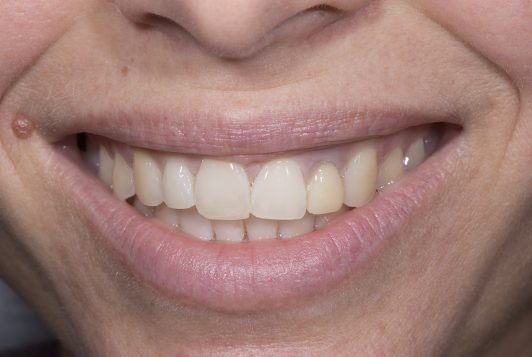
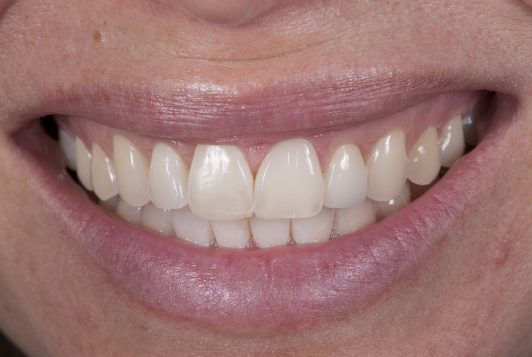
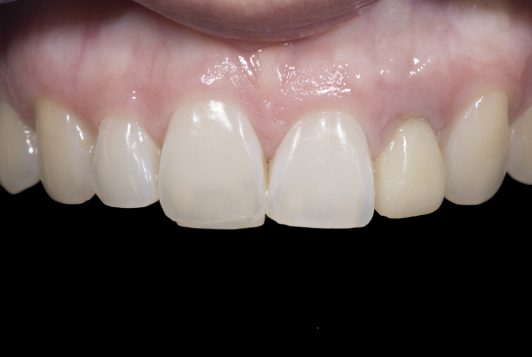
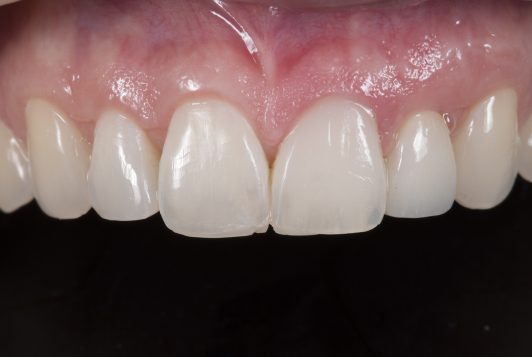
Replacement of endodontically failing upper left lateral incisor with implant crown and composite bonding of central incisor after orthodontics
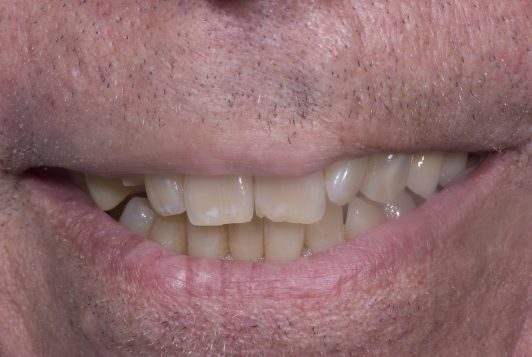
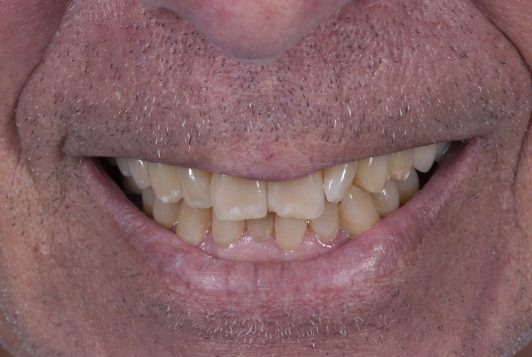
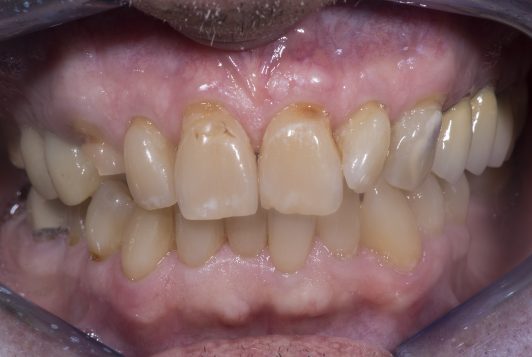
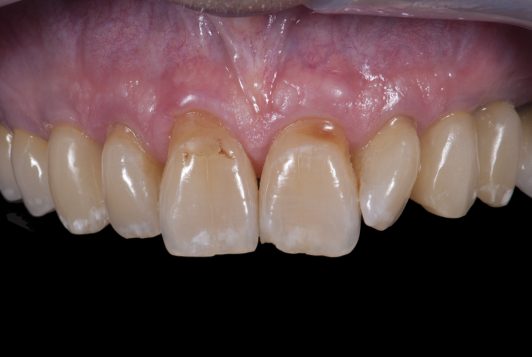
3 implant crowns – one on upper right canine and 2 on upper left canine and 1st bicuspidtext. Lorem ipsum dolor sit amet, consectetur adipiscing elit. Ut elit tellus, luctus nec ullamcorper mattis, pulvinar dapibus leo.
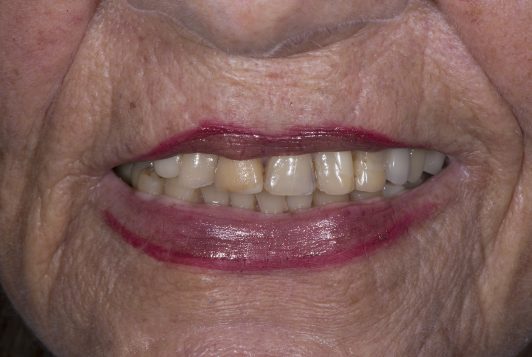
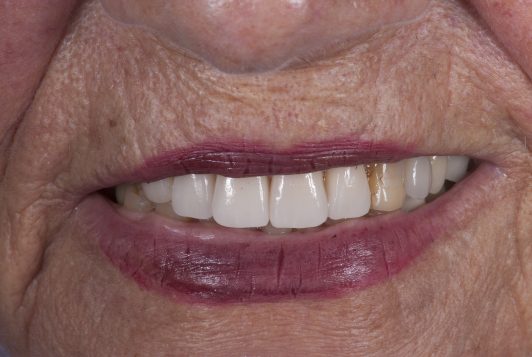
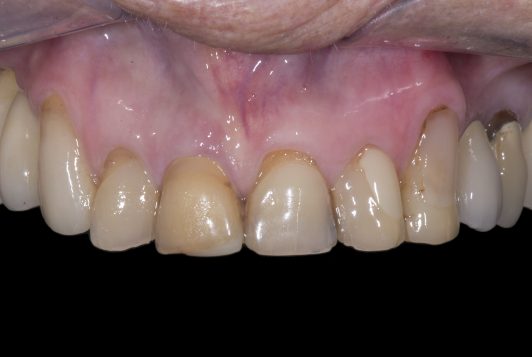
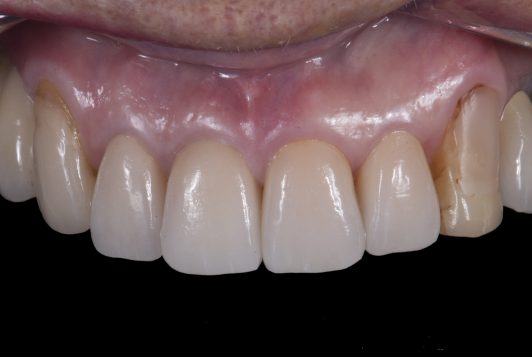
3 crowns and 1 implant crown on right central incisor
Click edit button to change this text. Lorem ipsum dolor sit amet, consectetur adipiscing elit. Ut elit tellus, luctus nec ullamcorper mattis, pulvinar dapibus leo.
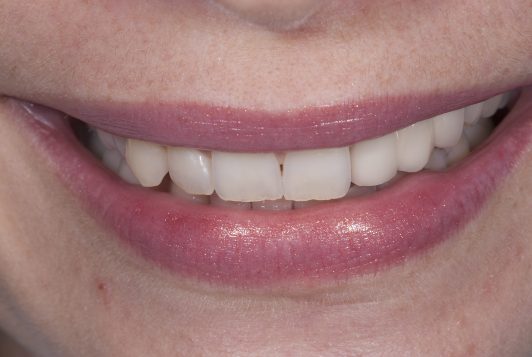
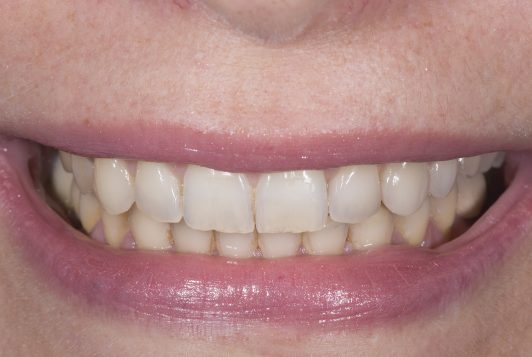
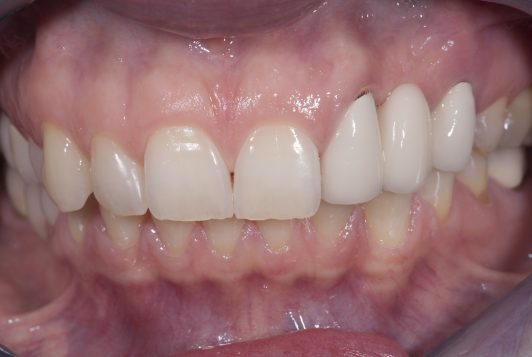
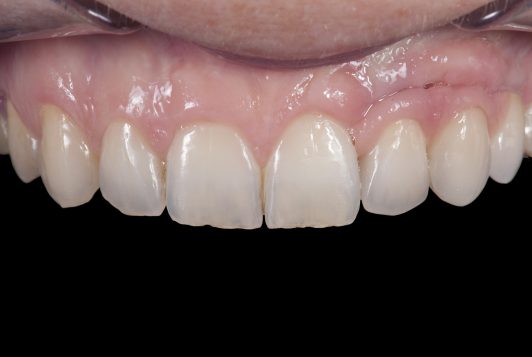
Implant bridge with pink to replace upper left canine to first bicuspid due to loss of teethClick edit button to change this text. Lorem ipsum dolor sit amet, consectetur adipiscing elit. Ut elit tellus, luctus nec ullamcorper mattis, pulvinar dapibus leo.
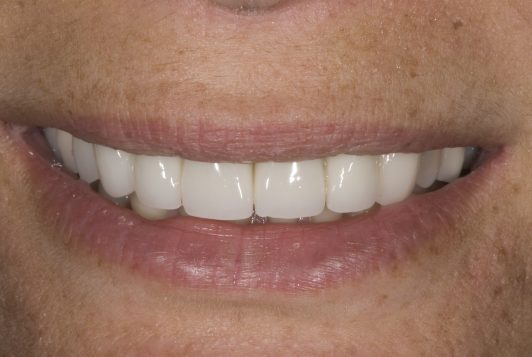
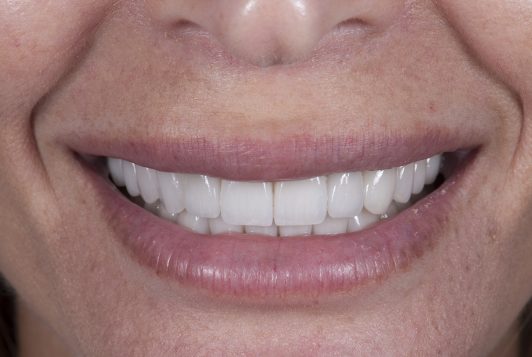
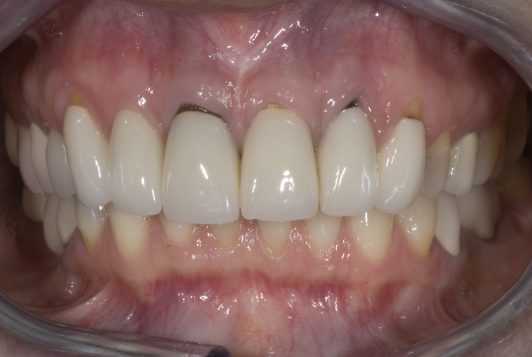
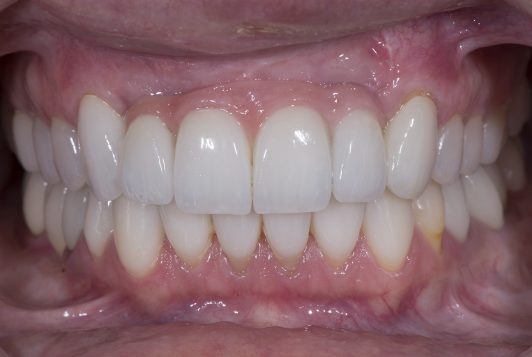
Implant bridge with pink ceramic to replace the upper incisors as part of full mouth rehabilitationClaick edit button to change this text. Lorem ipsum dolor sit amet, consectetur adipiscing elit. Ut elit tellus, luctus nec ullamcorper mattis, pulvinar dapibus leo.
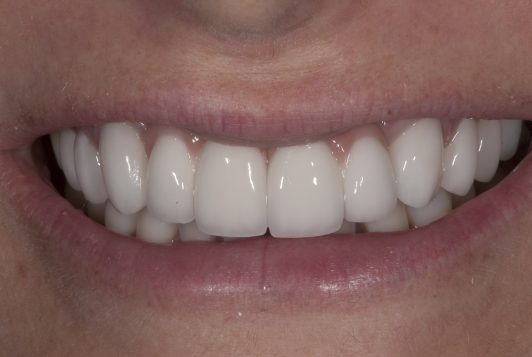
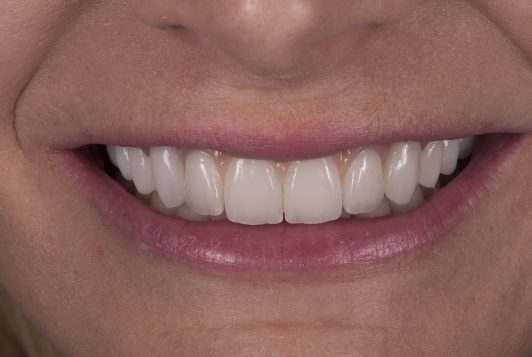
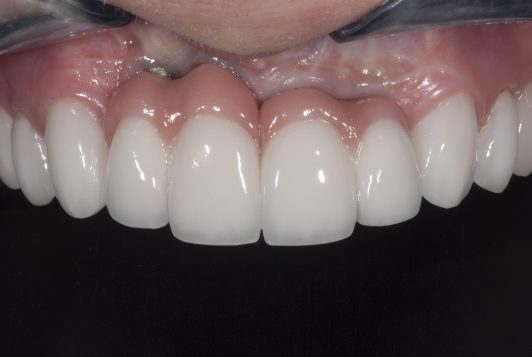
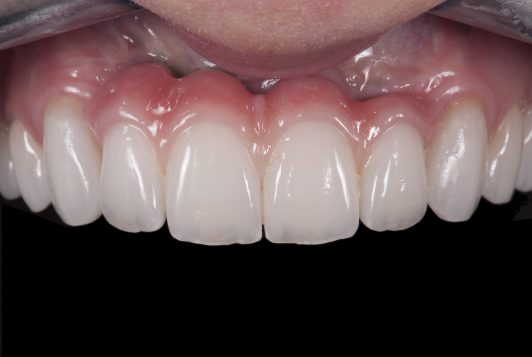
remake of Implant bridge with pink ceramic to improve esthetics of existing prosthesispsum dolor sit amet, consectetur adipiscing elit. Ut elit tellus, luctus nec ullamcorper mattis, pulvinar dapibus leo.
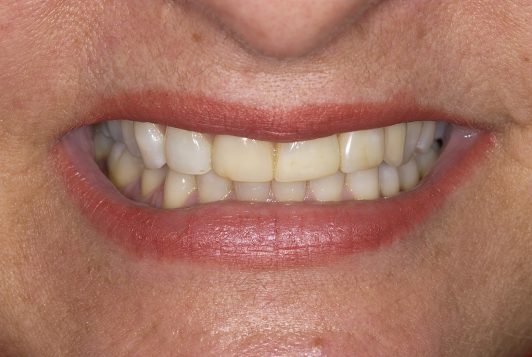
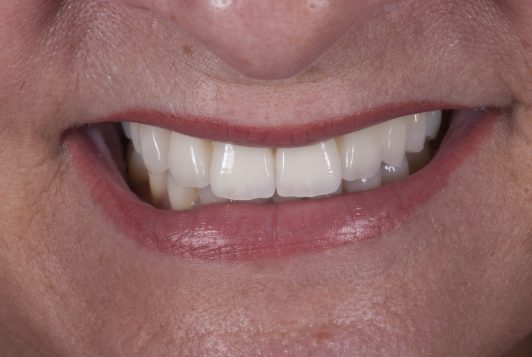
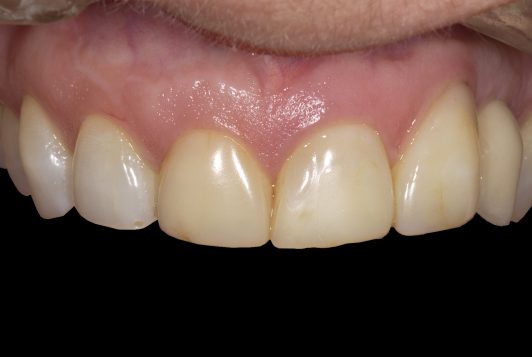
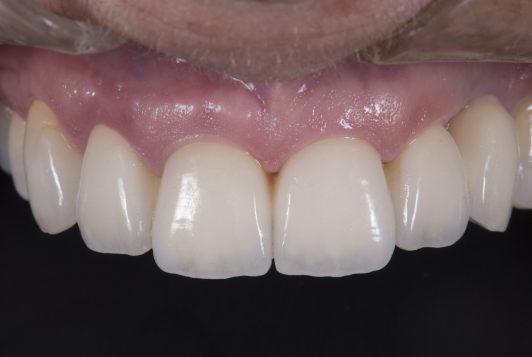
Upper Implant bridge from right lateral incisor to left canine due periodontally failing teeth after orthodontics
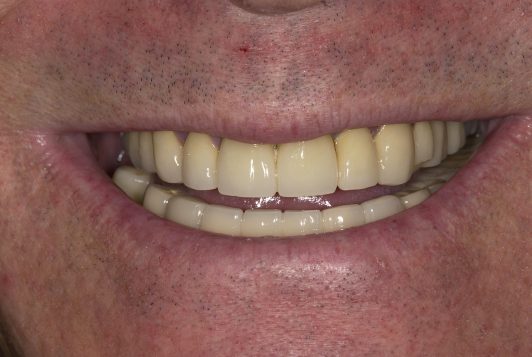
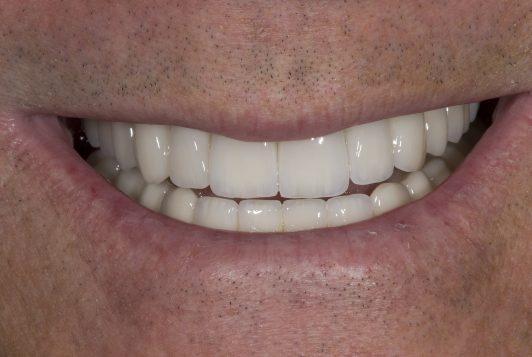
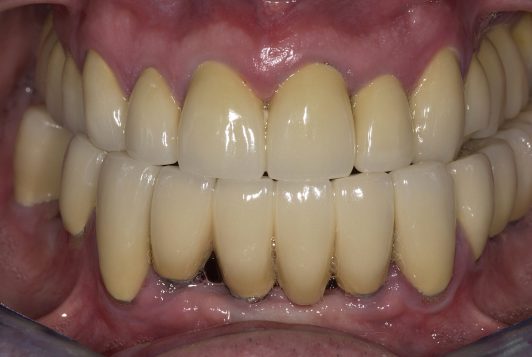
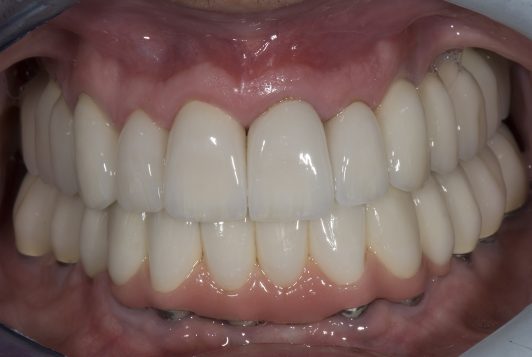
full upper and lower implant rehabilitation
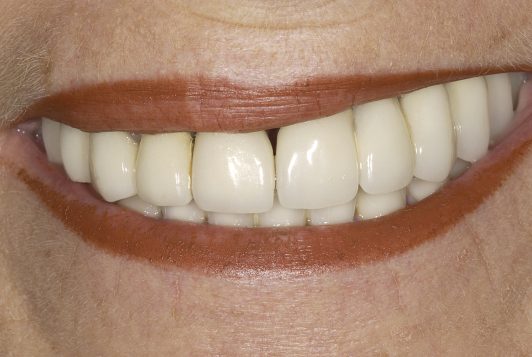
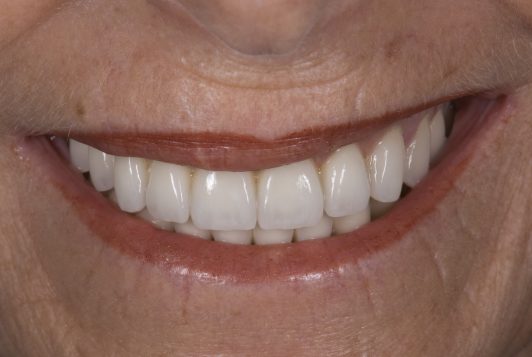
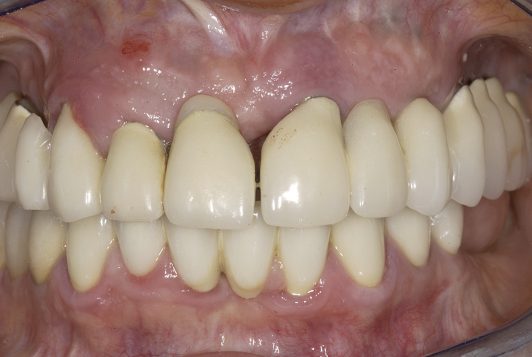
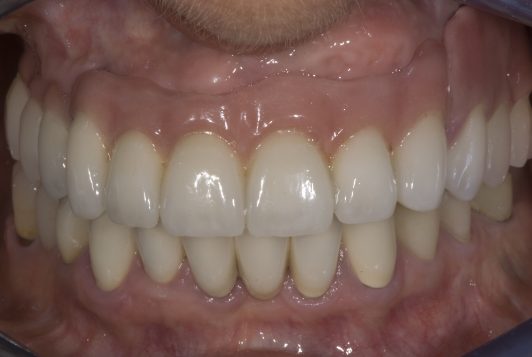
full upper arch implant rehabilitation
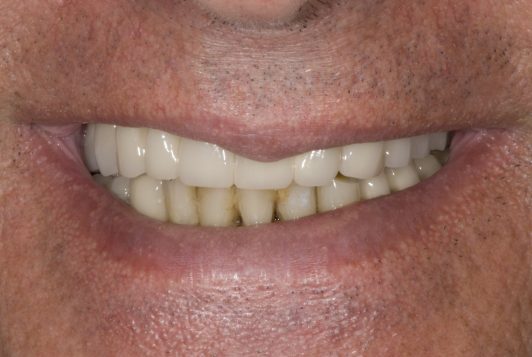
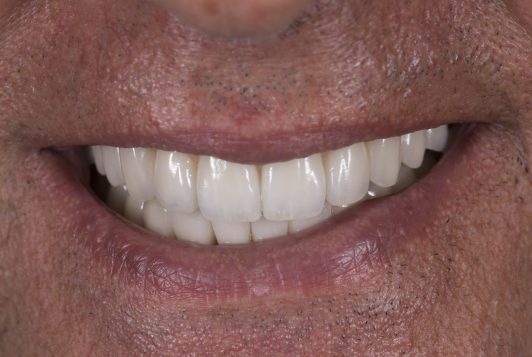
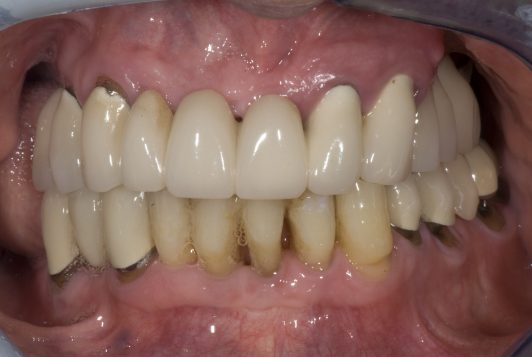
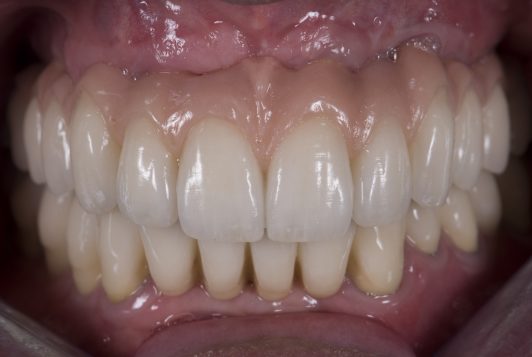
full upper arch implant rehabilitation and lower tooth borne and implant borne bridges due to periodontally and structurally failing teeth
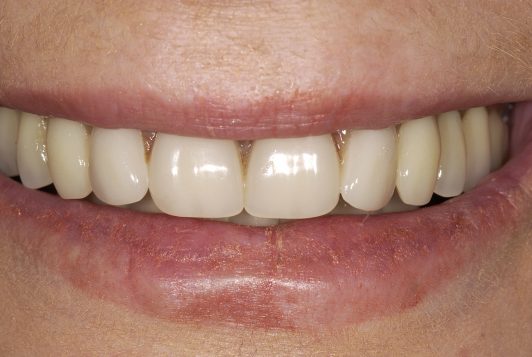
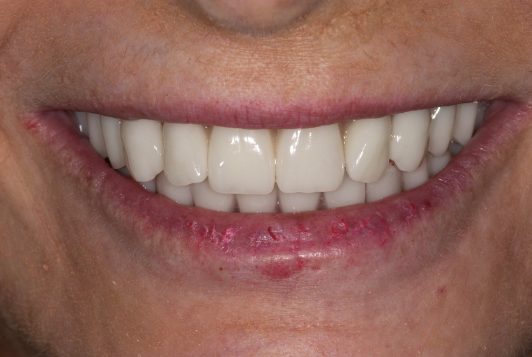
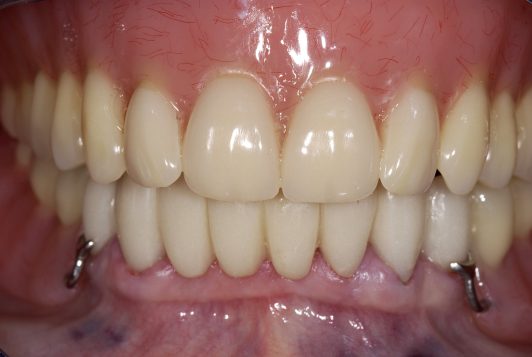
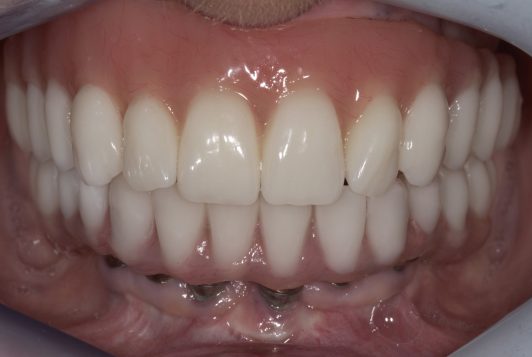
full upper and lower implant Hybrid bridges
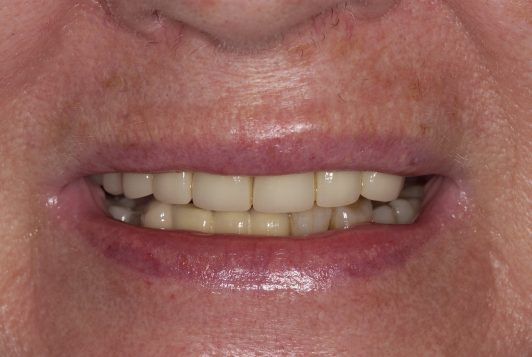
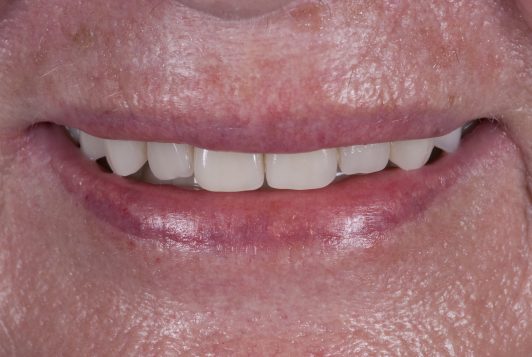
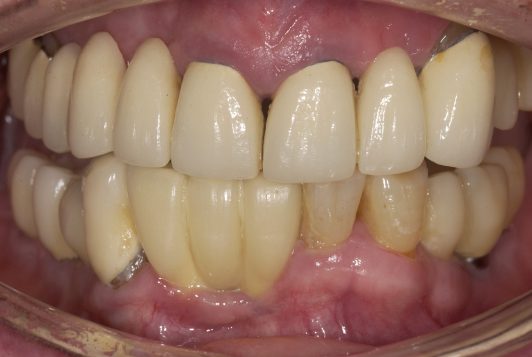
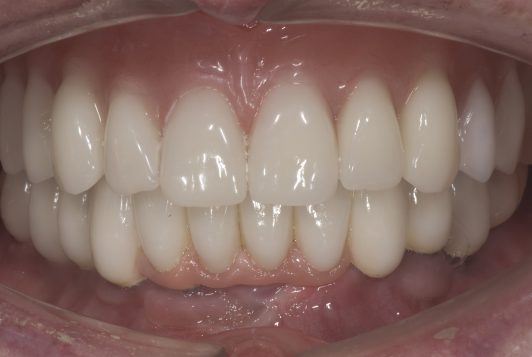
Upper telescopic implant over-denture and full lower implant bridge
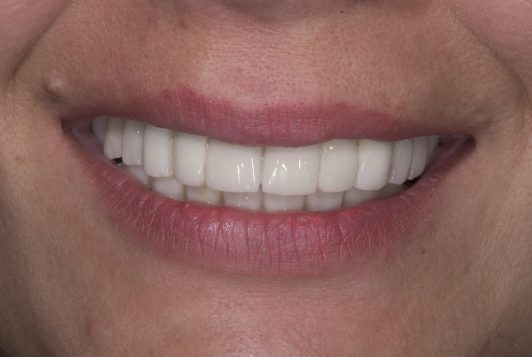
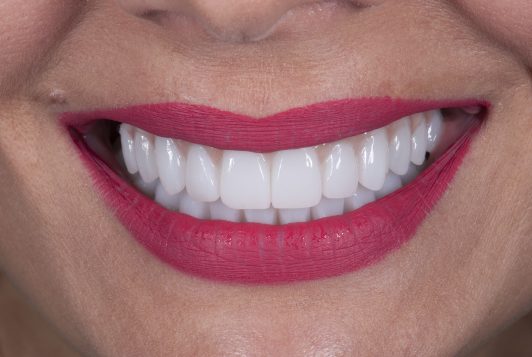
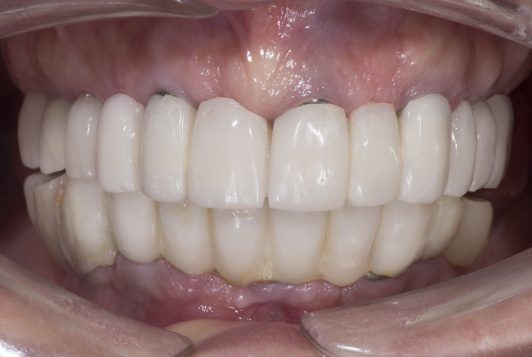
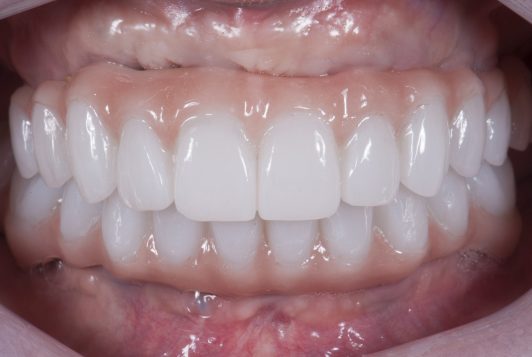
Full upper and Lower implant Rehabilitation


